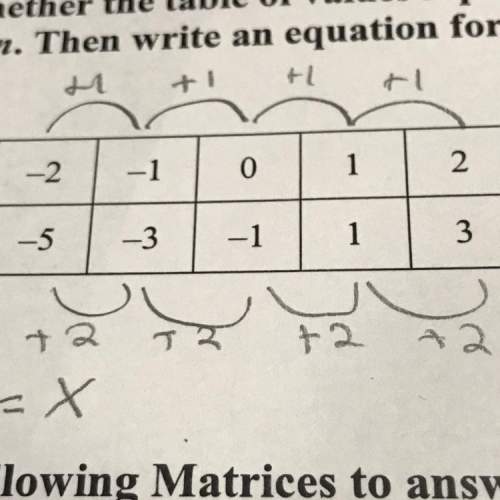
Mathematics, 01.10.2019 12:00 amanda289
The mean radius of earth is 6,371.0 kilometers and the mean radius of earths moon is 1,737.5 kilometers. what is the approximate difference in the mean conferences, in kilometers, of earth and earths moon? round your answer to the nearest tenth of a kilometer.

Answers: 1


Other questions on the subject: Mathematics


Mathematics, 21.06.2019 18:00, queenofspades
Saline iv fluid bags cost $64.20 for 24, 1000 ml bags from one supplier. a new supplier sells 500 ml bags for $2 each. the hospital uses about 10,000, 1000 ml bags each month. nurses report that about half of the bags are more than half full when they are discarded. if you are going to use only one supplier, which size bag provides the best deal, and how much will you save each month? compare the cost of the new supplier to the current one.
Answers: 1


Mathematics, 21.06.2019 18:40, Jimenezmiranda
Airplane speeds are measured in three different ways: (1) indicated speed, (2) true speed, and (3) ground speed. the indicated airspeed is the airspeed given by an instrument called an airspeed indicator. a plane’s indicated airspeed is different from its true airspeed because the indicator is affected by temperature changes and different altitudes of air pressure. the true airspeed is the speed of the airplane relative to the wind. ground speed is the speed of the airplane relative to the ground. for example, a plane flying at a true airspeed of 150 knots into a headwind of 25 knots will have a ground speed of 125 knots. the problems below refer to static and dynamic pressure. static pressure is used when a body is in motion or at rest at a constant speed and direction. dynamic pressure is used when a body in motion changes speed or direction or both. a gauge compares these pressures, giving pilots an indicated airspeed. in problem #s 1 and 2, use the following information. the indicated airspeed s (in knots) of an airplane is given by an airspeed indicator that measures the difference p (in inches of mercury) between the static and dynamic pressures. the relationship between s and p can be modeled by s=136.4p√+4.5. 1. find the differential pressure when the indicated airspeed is 157 knots. 2. find the change in the differential pressure of an airplane that was traveling at 218 knots and slowed down to195 knots. in problem #s 3 and 4, use the following information. the true airspeed t (in knots) of an airplane can be modeled by t=(1+a50,000) ⋅ s, where a is the altitude (in feet) and s is the indicated airspeed (in knots). 3. write the equation for true airspeed t in terms of altitude and differential pressure p. 4. a plane is flying with a true airspeed of 280 knots at an altitude of 20,000 feet. estimate the differential pressure. explain why you think your estimate is correct.
Answers: 2
You know the right answer?
The mean radius of earth is 6,371.0 kilometers and the mean radius of earths moon is 1,737.5 kilomet...
Questions in other subjects:



English, 24.08.2019 21:20

Biology, 24.08.2019 21:20



Mathematics, 24.08.2019 21:20

Mathematics, 24.08.2019 21:20


Spanish, 24.08.2019 21:20




